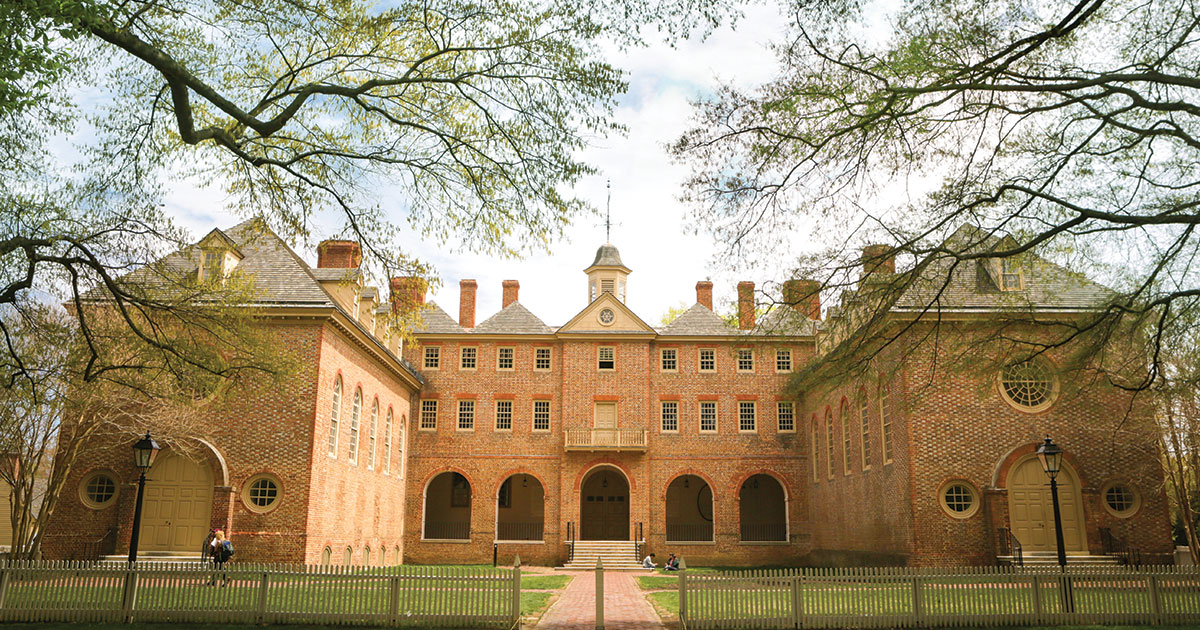Queen of the milkweed
 William & Mary’s herbarium sits tucked away in the hallways traversing the Integrated Science Center. The room — so quiet the sound of stillness resonates against the rows of tall filing cabinets — houses over 81,500 pressed plants, some more than a century old.
William & Mary’s herbarium sits tucked away in the hallways traversing the Integrated Science Center. The room — so quiet the sound of stillness resonates against the rows of tall filing cabinets — houses over 81,500 pressed plants, some more than a century old.
Assistant Professor of Biology Harmony Dalgleish broke the silence to open one of the metal doors. Manila envelopes rustled against each other as she pulled a file at random from the stack. Between the pages lay a grass specimen from the 1970s, stiff, leaves drained of verdant color.
“I love the way they smell,” Dalgleish said, directing my nose toward the paper from which the subtle scent of bygone fields emanated.
Dalgleish and a team of biologists are using the herbarium’s milkweed records to study the dwindling eastern migration of the monarch butterflies from Mexico to Canada. This June at William & Mary Weekend in Chicago, Professor Dalgleish will share her research with alumni, parents and friends of William & Mary at Lurie Gardens and the Peggy Notebaert Nature Museum.
Collections like those at the Peggy Notebaert Nature Museum and in William & Mary’s herbarium contain valuable information that could pinpoint reasons for the migratory decline. The key lies in milkweed availability along the route.
Although adult monarchs can sip a variety of nectar, monarch caterpillars feed only on the pale green leaves that encase the plant’s milky white latex. During the two-month migration, about three generations of Monarch caterpillars will feed on milkweed to sustain themselves through building cocoons and emerging as butterflies. Having sufficient milkweed resources along the route is crucial to the migration.
Since 2012, Dalgleish has studied milkweed population dynamics along the route. Joshua Puzey, a plant geneticist, joined the research efforts in 2014. Most recently, John Boyle, a Mellon postdoctoral fellow in environmental science and policy, began using the herbarium to document change in the abundance of milkweed over the past decade.
The team believes that the migratory decline of monarch butterflies began more than 10 years ago. In the 1970s, agricultural literature encouraged killing milkweed that grew in between neat rows of corn and soybeans. Changes in agricultural land use and the development of GMO and Roundup-ready crops have limited milkweed’s habitat along the migration route.
While other institutions are studying the migratory decline — Cornell University covers milkweed populations in the Northeast, the University of Minnesota monitors larva populations and Iowa State University has started research in the Midwest — William & Mary contributes extra layers to this knowledge.
“The partnership between me and Josh Puzey, the plant geneticist, is unique. I’m working with students here to build the first population model for milkweed so that we can closely examine its life cycle are and which herbivores, including monarchs, have the biggest impact on the plant. That type of research hasn’t been done in milkweed.” Dalgleish says.
“We have sampled nearly every state on the migration route. A couple of years ago, I went on the grand milkweed road trip with an undergraduate student. She and I sampled 29 states, a total of 55 sites, in about 31 days. The breadth of our sampling scheme is unique. At each of those sites, we measured the herbivores present, amounts of tissue damage and we took samples to look at the chemistry of the plants,” she says.
Examining milkweed chemistry, genetics and population density will enable the team to determine strategies for repopulating dwindling milkweed populations with seeds from other areas. This data collection has increased specimens in William & Mary’s herbarium, too. The herbarium is working to make milkweed samples and other specimens more accessible through a digitization project at a time when many institutions are donating their smaller collections to institutions with larger collections.
“Even though William & Mary has a small herbarium, it’s got a great regional collection. By digitizing that, we add our information to all other digital herbariams, which just increases the usefulness and power of our data,” Dalgleish says. “Maintaining and investing in the collection is a strength for William & Mary, even though we’re a smaller school. it’s an opportunity to train students in collecting and the importance of these natural history collections as well.”
Want to learn more? On Friday, June 1, at William & Mary Weekend in Chicago, Professor Dalgleish will lead a discussion on William & Mary’s monarch research in the Lurie Gardens in Millennium Park, an urban oasis and sanctuary for monarchs. On Saturday, June 2, you can watch monarchs and tropical birds flutter from flower to flower in the Judy Istock Butterfly Garden as you inhale and exhale during yoga at the Peggy Notebaert Nature Museum. Stay to hear Doug Taron, chief curator of the museum and director of the butterfly garden, speak about the rich information preserved in the Chicago Academy of Sciences’ collections, some of the oldest in America.

